2021 AFPM Summit Virtual Edition: The phosphorus trap is renewed—TK-3000 PhosTrap™ (patent pending)
SERGIO A. ROBLEDO, Haldor Topsoe
One of today’s hottest industry topics is renewable fuels. Driven by the desire for a sustainable future, governments are enacting legislation to reduce greenhouse gas emissions. In the U.S., Renewable Fuel Standard 2 (RSF 2) requires refineries to blend 36 Bgal of renewable fuel into the country’s total transportation fuel consumption by 2022. In Europe, Renewable Energy Directive II (RED II) requires all EU countries to ensure that at least 14% of their transport fuels come from renewable sources by 2030.
A few companies are now starting to embark on technology offerings for this growing market segment. The four key elements to consider when commissioning a renewable fuels unit are:
- Feed sourcing
- Feed pre-treatment
- Hydroprocessing
- Dewaxing.
Haldor Topsoe began researching renewable fuels production approximately 20 years ago and started up the first licensed HydroFlex unit with our proprietary catalyst in 2010. With involvement in over 60 renewable fuels plants, our HydroFlex™ licensed technology and over 125 cumulative years of operating experience, Topsoe is the foremost expert—and most successful licensor—for renewable fuels needs. We provide chemical and fuel producers with market-leading solutions for the world’s most energy-efficient production, resulting in a lower carbon intensity (CI) score. In addition, Topsoe’s experience includes the full gamut of feedstocks used to make renewable fuels. The combination of this vast industrial experience, along with our commitment to research and development, has led to the introduction of our newest product, TK-3000 PhosTrap™ (patent pending).
Feedstock impurities. Various types of renewable feedstocks are available to produce transport fuels, including:
- Oilseed crops (e.g., soybean oil, canola)
- Tall oil, corn oil, used cooking oils and animal fats
- Lignocellulosic biomass from agricultural residues, algae, trees and grasses.
Compared to the processing of fossil fuels, the conversion of renewables to transport fuels introduces new types of contaminants, such as P, K, Na, Ca, Mg, As and more. These contaminants come from living tissues, such as cell membranes, bone dust, muscle residue and contaminants introduced in processing. Phosphorus is the most common: phospholipids are the primary building blocks of cell membranes and are present as inorganic phosphorus in bone dust. While the level of phosphorus is different for each renewable feedstock, and different pre-treatment technologies are available to reduce such impurities, there is always some amount present entering the hydroprocessing reactor. These impurities can lead to rapid pressure drop build-up if the appropriate grading/trap material is not installed in the reactor.
Phosphorus: Understanding pressure drop mechanism. Topsoe is always conducting fundamental research to understand the mechanisms at play, whether for reaction kinetics or pressure drop build. By using our state-of-the-art scanning electron microscope, we could discern the reason phosphorus led to high-pressure drop build in renewable units using conventional grading products.
FIG. 1 shows a traditional particle used for trapping contaminants, and it is clear that the phosphorus does not penetrate the pore system but rather binds itself to the catalyst surface, forming a type of glass material. This glass-like material glues the catalyst particles together, filling up the interstitial void and resulting in rapid pressure drop build. Zooming in on the catalyst surface (FIG. 2) shows the high P-containing crust around the catalyst.
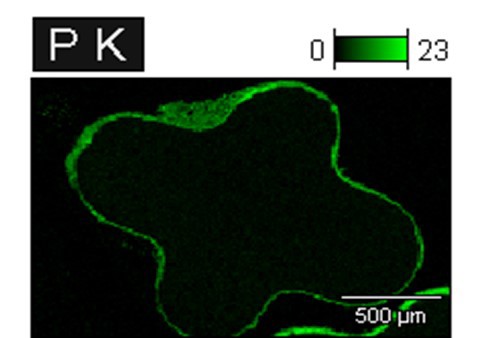
FIG. 1. Catalyst particle showing phosphorus sitting on the catalyst surface. Image produced using an energy dispersive spectrometer attached to a scanning electron microscope.
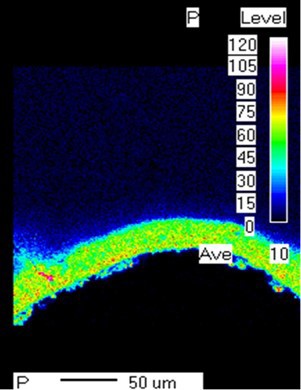
FIG. 2. Crust with high phosphorus content.
Original improvement of existing products gave better phosphorus uptake and penetration but didn’t completely solve the fundamental issue of phosphorus covering the surface (FIG. 3).
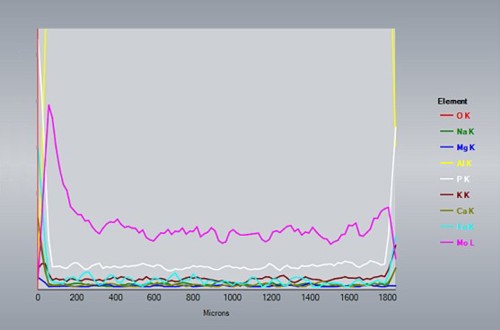
FIG. 3. Phosphorus profile from first-generation phosphorous traps.
Using this fundamental understanding of both the crust formation mechanism and the nature of the phosphorus-containing molecules, plus applying our knowledge of catalyst design and manufacturing, led to the development of TK-3000 PhosTrap™, a renewable hydrotreating catalyst developed for fixed-bed HDO service applied as a guard in diesel and jet hydrotreating units processing renewable feedstocks. TK-3000 PhosTrap™ is a large-pore catalyst with a unique pore system designed to maximize phosphorus pick-up from renewable feedstocks and is characterized by high capacity and low HDO activity.
TK-3000 PhosTrap™ exhibits full penetration into the pore system (FIG. 4). Additionally, the profile shows much higher levels of phosphorus pick-up in the center of the particle and higher overall area under the curve, which translates to overall higher capacity (FIG. 5).
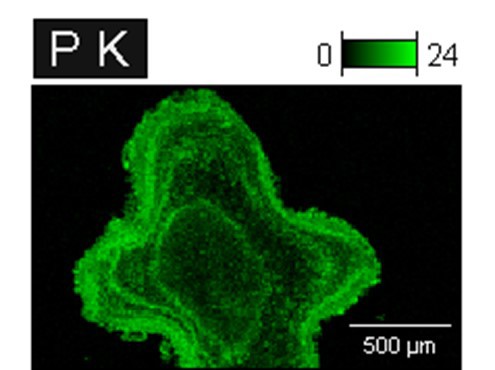
FIG. 4. Catalyst particle showing phosphorus penetrating into the pore system of TK-3000 PhosTrap™.
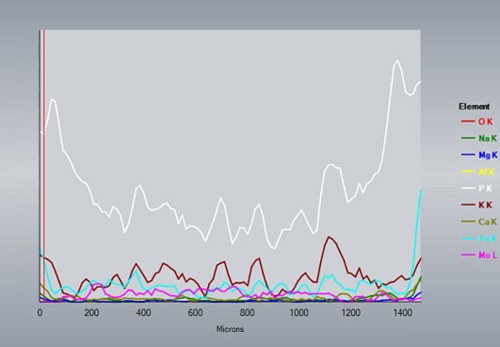
FIG. 5. Phosphorus profile of TK-3000 PhosTrap™.
This translates to three to four times (and in some cases even six times) higher phosphorus pick-up with TK-3000 PhosTrap™. The first load to include TK-3000 PhosTrap™ was installed in 2020 and has subsequently been installed in a handful of units, performing well in all instances. The main advantages gained from TK-3000 PhosTrap™ are that it:
- Prevents phosphorus slip to the bulk catalyst
- Inhibits pressure drop build from phosphorus crust formation
- Ensures longer catalyst cycle length, improving unit profitability and catalyst value ratio
Takeaway. As always, getting the best value from your grading and catalyst system is two-fold: the technology itself; and (just as, if not more important) the technical expertise needed to deliver the most value. TK-3000 PhosTrap™ will help extend the life of your hydroprocessing catalysts in your standalone or co-processing renewable fuels unit. If you are interested in learning more about renewable fuels, we recommend that you consult the experts at Haldor Topsoe who have the unparallel experience to help meet your needs.
ABOUT THE AUTHOR
Sergio A. Robledo is a Senior Account Manager, Clean Fuels, for Haldor Topsoe Inc. He provides expert technical advice to clients relating to the selection, use and operation of catalysts and technologies. He is also responsible for developing refinery business opportunities to acquire new accounts and maintain existing ones. Mr. Robledo holds a BE degree from Stevens Institute of Technology and has more than 20 years of experience in the hydrocarbon processing industry. The author can be reached at SRO@topsoe.com.






Comments